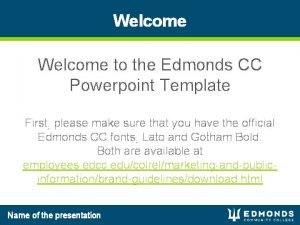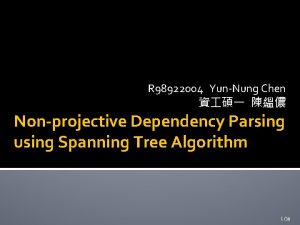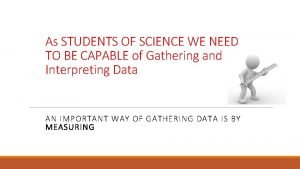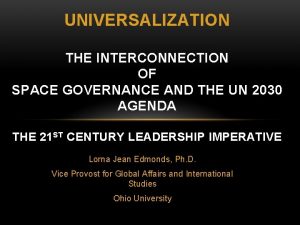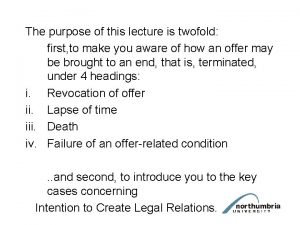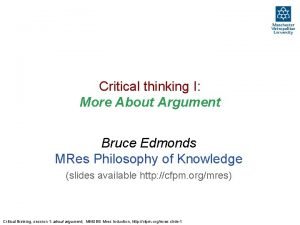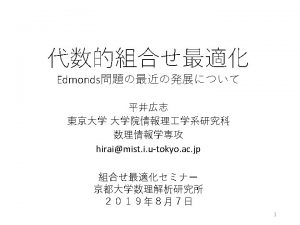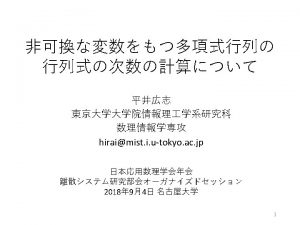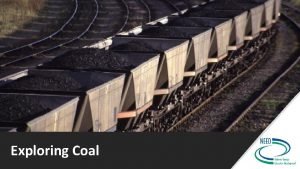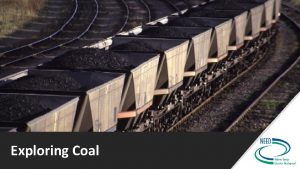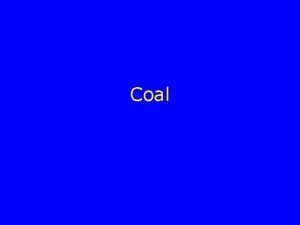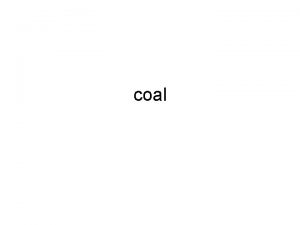Coal Connor Edmonds Mike Feula and Mike Kappaz









- Slides: 9

Coal Connor Edmonds, Mike Feula, and Mike Kappaz

Brief History of Coal • 4000 BC First discovered uses of coal in Shenyang Area of China • 200 AD Romans were exploiting coals in all the major coalfields in England Wales • 1000 AD Coal begins to become of great importance during High Middle Ages • 1257 -1251 Westminster Abbey construction fueled by coal • 13 th Century Underground extraction methods developed • 1760 -1840 Industrial Revolution sparks widespread use of coal • 1882 First coal-fired electric generating system developed by Thomas Edison goes into operation in NYC • 1961 Coal had become the major fuel used by electric utilities in the US

Coal Use • Primarily used for electricity o nearly half of American electricity! • Global o Over 6. 6 Billion tons used • Steel and Cement Production • Key for: o o Soap Aspirins Dyes Plastics

Types of Coal • Anthracite – Has the highest Carbon content, at 86%-98% C, therefore it is the most valuable type of coal. However it is not a very large part of the Coal Market • Bituminous – The most common type of coal in electricity generation. Has a Carbon content of 45%-86%. • Subbituminous – 35%-45% carbon content. Is different because it contains Sulfur so it burns cleaner and is better for the environment. • Lignite – “Brown Coal” is used to generate electricity. Has the lowest Carbon content at 25%-35%.

Coal Mining Above Ground • Cast • Mountaintop Removal Below Ground • Room and Pillar • Long Wall

Process to Create Power 1. Coal is crushed into a fine powder then thrown into a furnace and mixed with hot air. 2. This mixture burns to boil water and create steam. 3. The steam is released into a turbine spinning turbine to power a generator that creates electrical power from the mechanical power.

The Issues • Releases impurities (Sulfur, Nitrogen) • Can lead to acid rain o Pollutes waterways and soil • Carbon Dioxide formation o Leads to climate change

Basic Improvements • • • Coal Selection Crush and wash Sulfur Scrubbers- Limestone Staged Combustion Catalysts? Pressurized Boiler

The Future • Power Numbers o Can filter 99% ash particles o Can capture 95% impurities o Improved Carbon Dioxide reduction • In Process o Over $3 Billion invested since mid-1980 s o Clean Coal Technology Program
